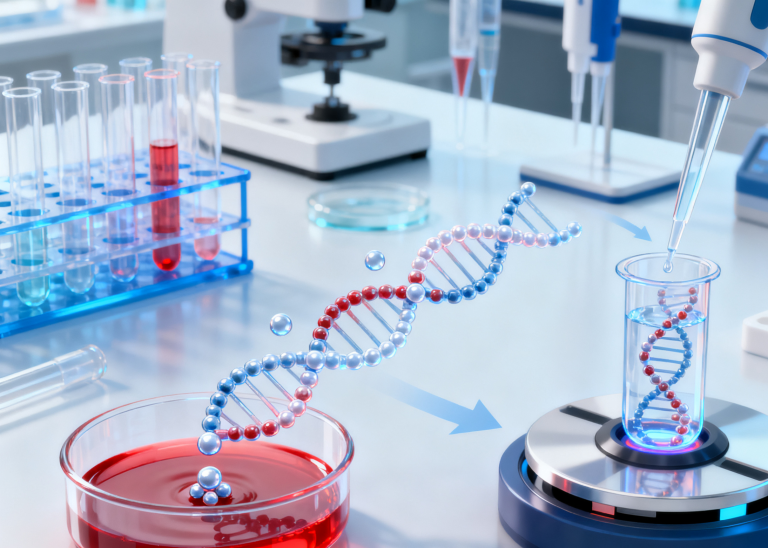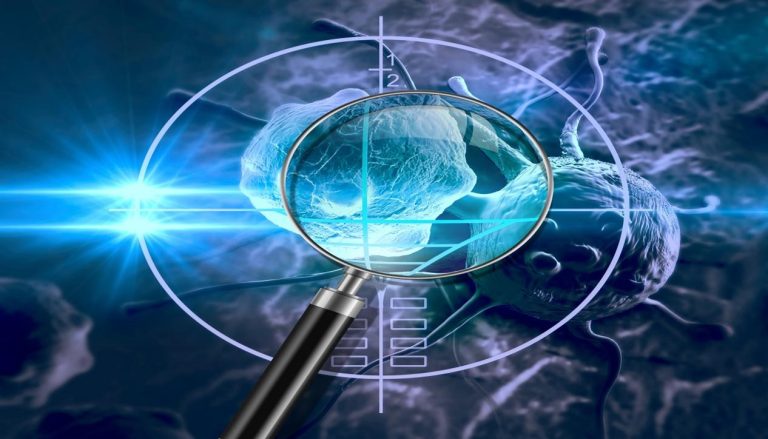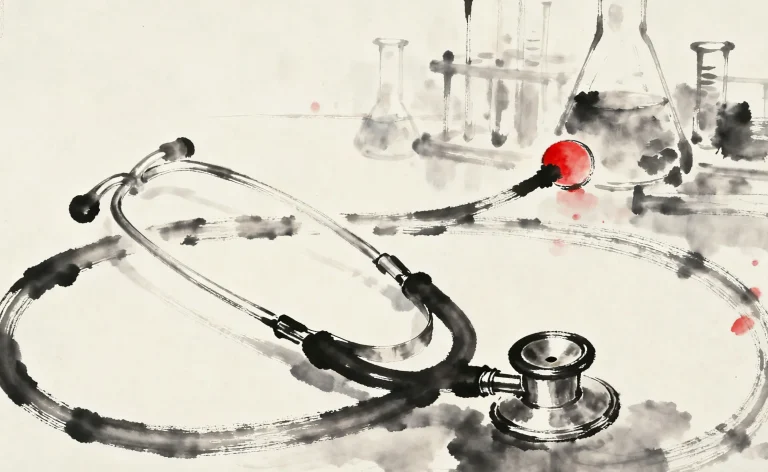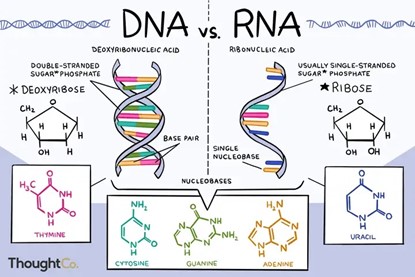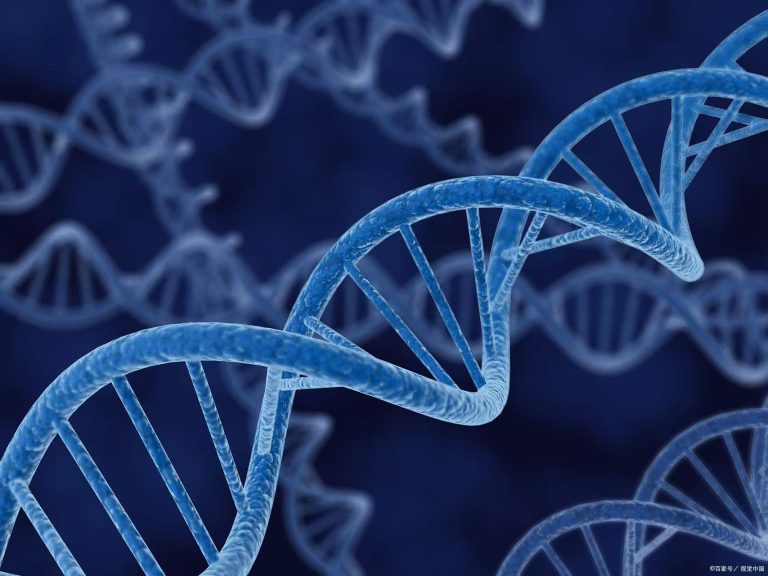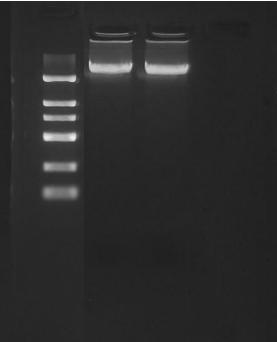Professional Manufacturer of Biomagnetic Beads

What is the difference between whole blood, serum, and plasma samples in the DNA testing process?
In nucleic acid extraction, many blood DNA extraction kits can be used for whole blood, plasma, and serum, so some people think that these three samples can be used to test nucleic acid with kits at will, but the results obtained are not up to expectations. So, what is the difference between these three samples, and what impact do they have on nucleic acid diagnostic experiments?
The sample difference between whole blood, serum, and plasma
Plasma includes blood serum and fibrinogen. It seems that there is no difference between serum and plasma. Plasma is obtained by coagulation of blood that has not been treated with anticoagulation. Anticoagulants are required for anticoagulant treatment of blood. The choice of anticoagulant should be based on specific experimental requirements. Blood is composed of two parts: liquid component plasma and formed component blood cells. Serum is a light-yellow clear liquid precipitated after blood coagulation. Compared with plasma, it lacks certain coagulation factors and fibrinogen.
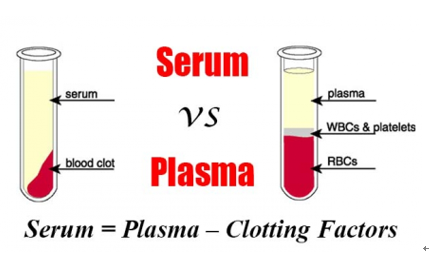
From the perspective of nucleic acid diagnosis, human genomic DNA is more present in white blood cells, and only a small amount of free DNA is present in serum. However, the amount of free DNA in serum would increase if a large number of white blood cells die. Pathogenic pathogen nucleic acids are present in large quantities in serum and are almost absent in blood cells.
For accurate and reliable results, it is crucial to select the right sample based on the test target. If the target is human nucleic acid, such as screening for albinism and hemophilia, whole blood should be used. This is because the amount of human nucleic acid in serum and plasma is significantly less than in whole blood, leading to a reduction in detection sensitivity.
Serum or plasma should be used as the experimental sample if the test target is pathogen nucleic acid, such as testing hepatitis B infection, cold viruses, etc. It will naturally remove impurities such as blood cells, significantly reduce the difficulty of nucleic acid extraction, help improve the purity of nucleic acid, and increase the sensitivity and stability of the detection reaction.
Compared with plasma, serum contains less fibrinogen, and the DNA in serum is circulating DNA, which mainly comes from diseased tissues. Therefore, using serum as an experimental sample can further improve the purity of the sample, reduce protein impurities, increase the concentration of pathogens, and obtain more sensitive detection results.
For the test kit under the same system, the fewer sample impurities, the higher the quality of DNA extraction. Therefore, the test kit should be carefully selected according to the experimental purpose and experimental materials.
Supplier Introduction

Shanghai Lingjun Biotechnology Co., Ltd. was established in 2016 which is a professional manufacturer of biomagnetic materials and nucleic acid extraction reagents.
We have rich experience in nucleic acid extraction and purification, protein purification, cell separation, chemiluminescence and other technical fields.
Our products are widely used in many fields, such as medical testing, genetic testing, university research, genetic breeding, and so on. We not only provide products but also can undertake OEM, ODM, and other needs. If you have related needs, please feel free to contact us at sales01@lingjunbio.com.

